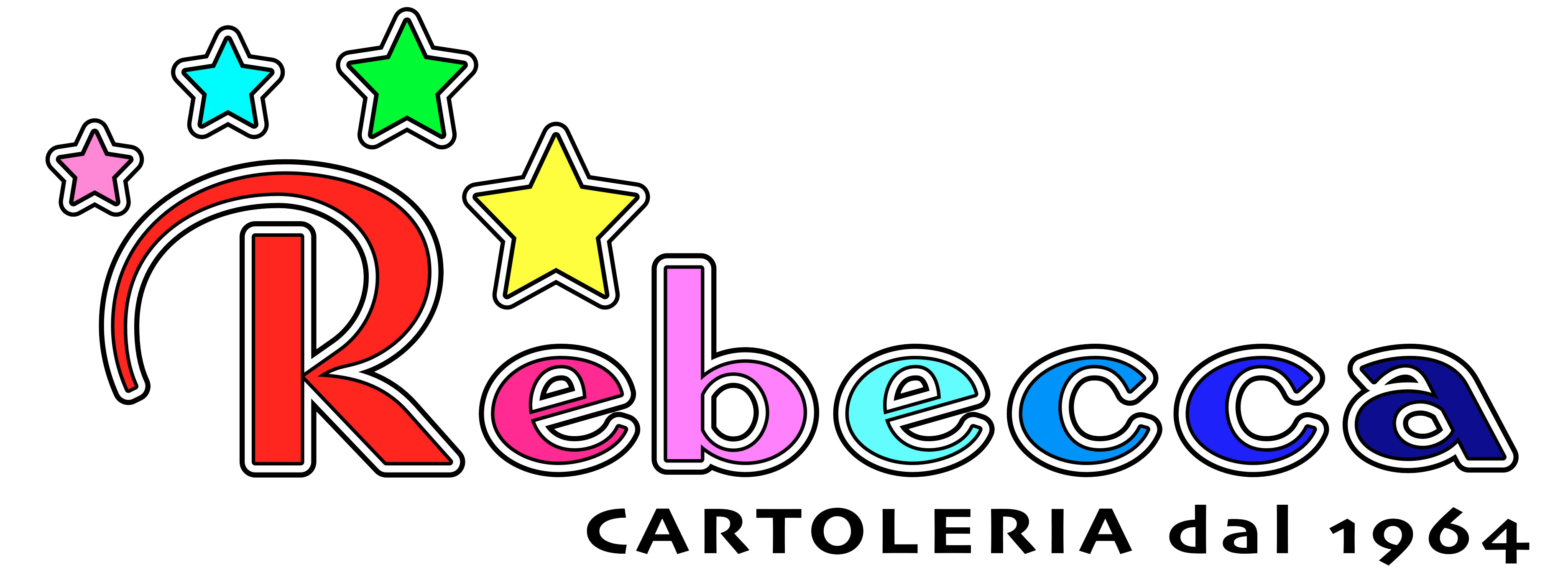Call us today at to talk to one of our compassionate , who can answer your questions and explain your treatment options. The following self-assessment is meant for educational purposes only. Only a licensed healthcare professional can give a complete substance use assessment and diagnosis. Instead, this questionnaire is designed to assist you with examining your behaviors and the nature of your substance use or the substance use of a loved one. Withdrawal symptoms appear when the body’s need for alcohol isn’t met. This usually happens when an alcoholic decides to suddenly stop drinking or has not consumed alcohol for a long period of time.

Functional Subtype
This subtype makes up19.5% of people addicted to alcohol in the U.S. Treatment might include medication, spiritual practice, and continuing support programs. Additionally, it might include treatment for psychological problems and medical treatment for any health conditions. Developing alcohol use disorder is something that can happen slowly over time. For this reason, it can sneak up on people, and their relatively healthy occasional drinking can all of a sudden become more frequent and more problematic. Compulsive behaviors are prominent in addiction, and people with alcohol addiction often drink whenever and wherever they desire.
- Understanding what the symptoms are for alcohol use disorder can help you understand whether or not you’re suffering from this disorder.
- Having four or five symptoms indicates a moderate alcohol use disorder.
- The National Council on Alcoholism and Drug Dependence and AlcoholScreening.org offer more comprehensive self-tests.
- For them, drinking is a priority and they tend to neglect all their other obligations such as family and work.
Stage #2: Increased drinking

This means that they have no memory of the things that happened while they were drunk. It will not guarantee that you may be diagnosed with alcohol use disorder. There may be major barriers to your recovery including the denial that there’s a problem, social stigma, having limited help, and lack of education.

Risk factors
- Alcohol use disorder develops when you drink so much that chemical changes in the brain occur.
- Ultimately, sobriety is the responsibility of the person who has the alcohol addiction.
- While any form of alcohol abuse is problematic, the term “problem drinker” refers to someone who starts experiencing the impacts of their habit.
- In order to be diagnosed with AUD, a person must experience any two of these symptoms within the same 12-month period.
- Someone who is an alcoholic does not feel like they can stop drinking whenever they want, and they often have to drink more and more to feel satisfied.
- Another 855,000 Americans ages 12 to 17 years old have alcohol use disorders.
For someone with alcohol use disorder, a relationship has developed between them and alcohol that makes not drinking a constant battle. They are emotionally, psychologically, and perhaps even physically dependent on it. Therapy is useful to help teach someone how to manage the stress of recovery and the skills needed to prevent a relapse. Also, a healthy diet can help undo damage alcohol may https://mttx.ru/podklyuchaetsya-telefon-kak-modem-kak-ispolzovat-smartfon-kak-modem-dlya/ have done to the person’s health, like weight gain or loss.
Binge Drinking
- Frequent, uncontrolled alcohol abuse eventually leads to problem drinking.
- Sean has experience working in various diverse settings, including an outpatient clinic, inpatient detox and rehab, psychiatric emergency, and dual diagnosis programs.
- Treatment for moderate and severe alcohol use disorders usually includes medications that ease withdrawal symptoms or help people abstain from drinking.
- Those with severe addictions have developed serious health problems, such as heart or liver problems, from their drinking.
- Alcohol abuse refers to a pattern of behavior where a person drinks excessively in spite of the negative consequences.
He completed his residency in psychiatry in 2008 at Creedmoor Psychiatric Center in New York. Dr. Thankachen sees patients with an array of disorders, including depression, bipolar illness, schizophrenia, anxiety, https://line-of-sight.com/overcoming-social-anxiety/ and dementia-related problems. Some treatment programs might begin with a detoxification period that is medically managed. This is typically performed at a hospital or at an inpatient treatment center. Understanding what the symptoms are for alcohol use disorder can help you understand whether or not you’re suffering from this disorder.

The results are confidential, so be honest about your drinking over the past year. Some of the behaviors and symptoms described in the quiz may not seem serious, but they can be warning signs that a more severe problem is developing. If you recognize a drinking problem early on, you can take steps to reduce your risks. This subtype of people who have alcohol use disorder are typically employed and roughly half of them come from families that have suffered from multigenerational alcoholism. Almost all of the individuals in the subtype have experienced clinical depression. 31% of the people in the U.S. who are addicted to alcohol are individuals in the young adult subtype.
What’s the Difference Between Casual Drinking and Alcoholism?
Another 855,000 Americans ages http://20th.su/2009/09/01/nashe-sladkoe-detstvo/ 12 to 17 years old have alcohol use disorders. It’s important to remember that alcoholism isn’t created overnight. Many people who seek treatment are able to overcome the addiction.

